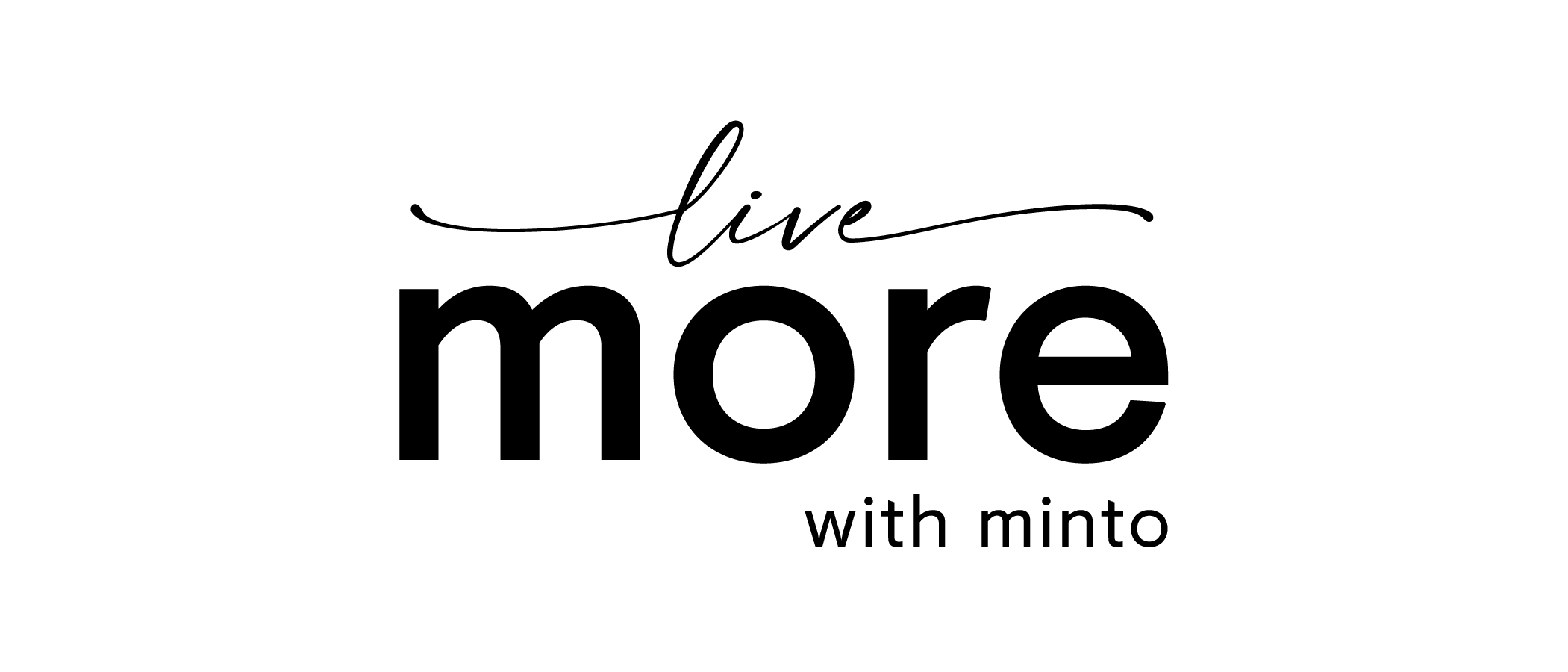
Our best practices to create healthier spaces for pollinators
Latest Buzz: Minto Develops Best Practices To Create Healthier Spaces For Pollinators
Pollinators are essential to our ecosystem. They carry pollen from one plant to another to help them produce seeds - and they happen to be a reliable source of food for birds.
When people think of pollinators what most often comes to mind is bees. But nature's winged corps of pollinators also includes other insects such as butterflies, beetles, moths and flies.
Now, a question. Did you know that the population of many pollinators has been declining around the world due to the loss of habitat and the presence of environmental contaminants?
Unfortunately, it's true.
That's why Minto and the Faculty of Environmental & Urban Change at York University have worked to develop a set of best practices for natural landscaping to provide hope for the long-term survival of pollinators.

Restoring The Habitat and Protecting the Species
Minto and the Faculty developed strategies that would help create diversified landscapes with plants that vary across colour, size, species and flowering season. They decided it would be best to cluster 3-5 plants of the same species to make it easier for pollinators to find them. And they determined that they would provide water via a shallow fountain or birdbath. According to the University of California Davis magazine The Bee Garden, this would provide a water source that would be helpful "when the weather warms and the foraging activity picks up". That is because most pollinators' diets do not contain much moisture.
Providing Shelter and Managing Pets
Another best practice that was uncovered was the need to create shelter for pollinators with piles of twigs, logs and leaves while ensuring bare soil is still accessible. Additionally, it is important to select highly resilient plants that are not resource intensive and to manage pests through environmentally friendly physical barriers or manufactured traps. Finally, both Minto and the Faculty agreed that it was vital to retain species that support pollination but are considered weeds. We are talking here about weeds such as milkweed, goldenrod and geranium that landscape maintenance workers would be advised to leave alone.
Minto will be implementing these best practices this year. And the company looks forward to sharing the successes and benefits it has created.
All photos provided by Carl Pawlowski
For more information, check out our 2020 Sustainability Report here!


